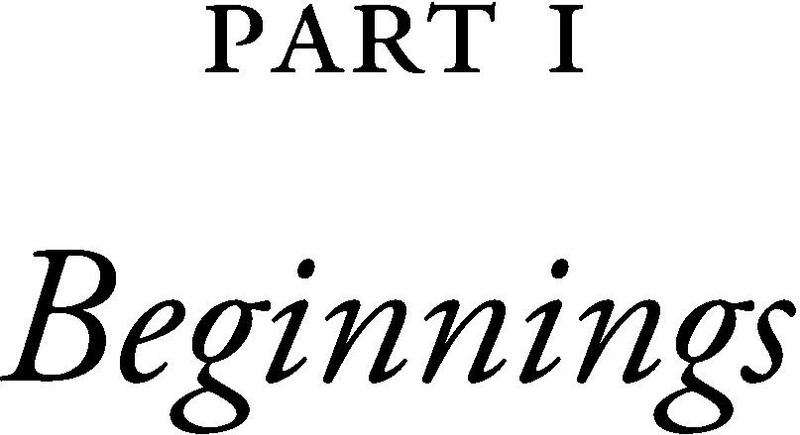Book contents
Part I - Beginnings
Published online by Cambridge University Press: 16 May 2024
Summary

Information
- Type
- Chapter
- Information
- Supporting College Students of Immigrant OriginNew Insights from Research, Policy, and Practice, pp. 1 - 108Publisher: Cambridge University PressPrint publication year: 2024
